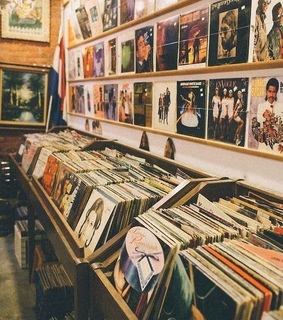Vinyl record cover art encapsulates the spirit of every era, establishing a narrative spanning music and visual creativity. Vinyl cover art evolved from a functional requirement to a precious art form. This evolution occurred over prolonged periods of creativity and cultural upheaval.The present piece examines the ever-changing journey of vinyl cover art. It explores the complex details and critical occasions that impacted its trajectory. Examining design trends, artistic movements, and societal factors reveals an intricate web. This intricate web illustrates the constantly shifting terrain of popular culture. As we progress through the years, vinyl cover art evolves. It transforms ordinary packaging into cultural artifacts. Vinyl cover art makes an unforgettable impression on our collective psyche. Join us on this visual journey as we commemorate its vivid growth. We celebrate its lasting influence in the world of artistic expression.
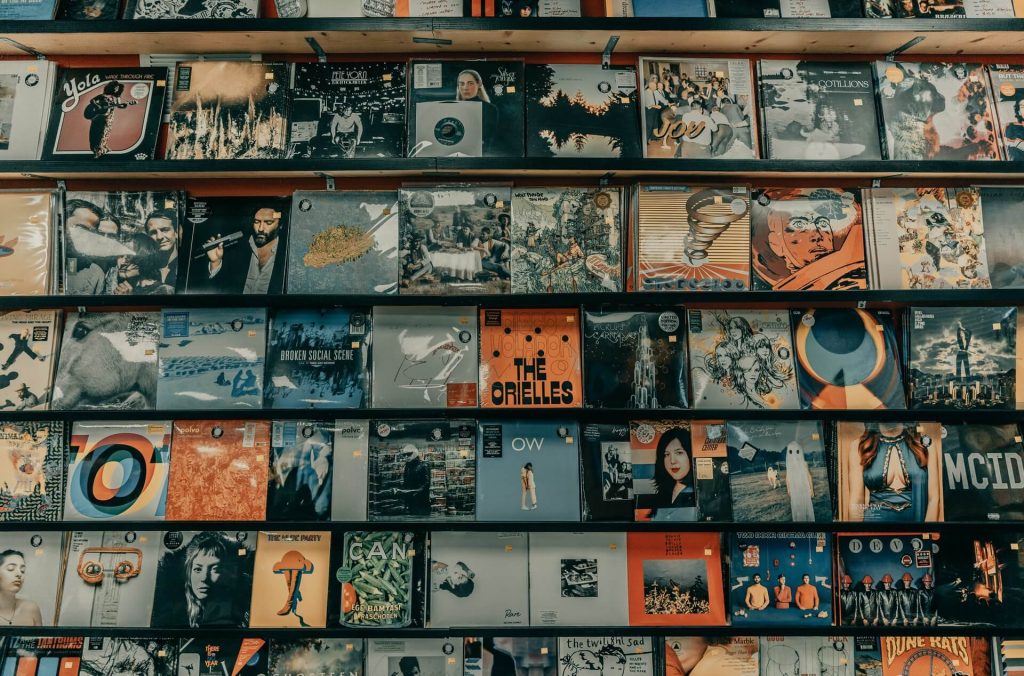
The Birth of Vinyl Cover Art:
Throughout the early years of the vinyl record industry in the 1940s and 1950s, album covers were merely functional. With restricted space and resources, cover designs were simple and utilitarian. Basic typography, generally in an accepted font, graced monochrome backdrops, delivering important information such as artist names and track lists. While these early covers lacked intricate graphic components, they laid the groundwork for the artistic progression that would occur next.
The Swinging Sixties:
The 1960s were a watershed moment regarding music and design, with vinyl cover art reflecting the spirit of a particular era. Album covers, spurred by the hallucinogenic revolution and the emergence of the pop art movement, expanded into vivid canvases for artistic experimentation. Bold colors, anomalous works of art, and ornate lettering were prevalent, representing the era’s sense of exploration and Rebellion. Legendary covers of The Beatles’ “Sgt. Pepper’s Lonely Hearts Club Band” exemplified the era’s blend of music and visual spectacle, surpassing ordinary packaging and turning into cultural symbols.

Artistic Renaissance in the Seventies:
The 1970s marked a revival in vinyl cover art, powered by progressive rock and the idea of the album phenomenon. Artists employed a variety of methods and strategies, breaking the line between fine art and commercial design. The covers of albums evolved from ornate illustrations to avant-garde photography, resulting in immersive visual feasts that complimented the music within. Pink Floyd’s “The Dark Side of the Moon,” with its famous prism design, exemplified the era’s marriage of art and music, leaving a lasting impression on popular culture.
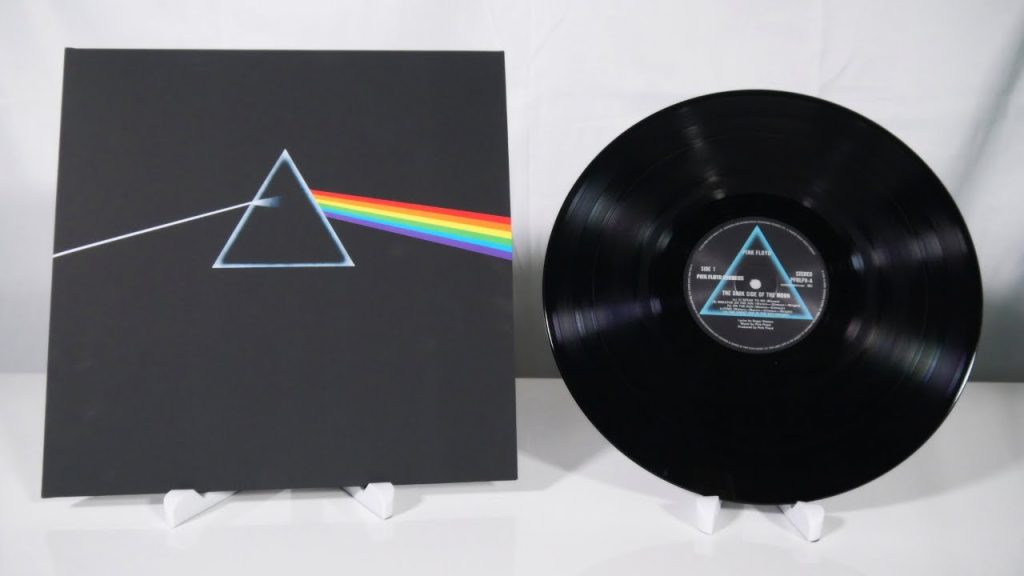
Punk, Rebellion, and DIY Aesthetics:
The last decade of the 1970s witnessed punk rock’s rise. This new genre brought a raw, DIY style that transformed vinyl cover art. Punk bands rejected the polished symbolism of previous eras. Instead, they favored a stripped-down, hostile design strategy. Punk album covers featured bold artwork, collage methods, and controversial imagery. This style reflected the genre’s spirit of revolt and originality. For instance, The Sex Pistols’ “Never Mind the Bollocks” album cover debated cultural standards. It redefined album art as social criticism’s medium.

Digital Age and Multimedia Experimentation:
The arrival of digital technology in the 1980s and 1990s launched a new age vinyl cover art innovation. With the capacity to modify pictures and graphics digitally, artists experimented with new approaches that expanded the frontiers of design. Computer-generated graphics, digital photography, and intricate printing procedures resulted in visually spectacular album covers that enthralled fans. Albums such as Nirvana’s “Nevermind,” with its startling underwater images, symbolized the multimedia capabilities of the digital era, erasing the borders between the real and the fictional.
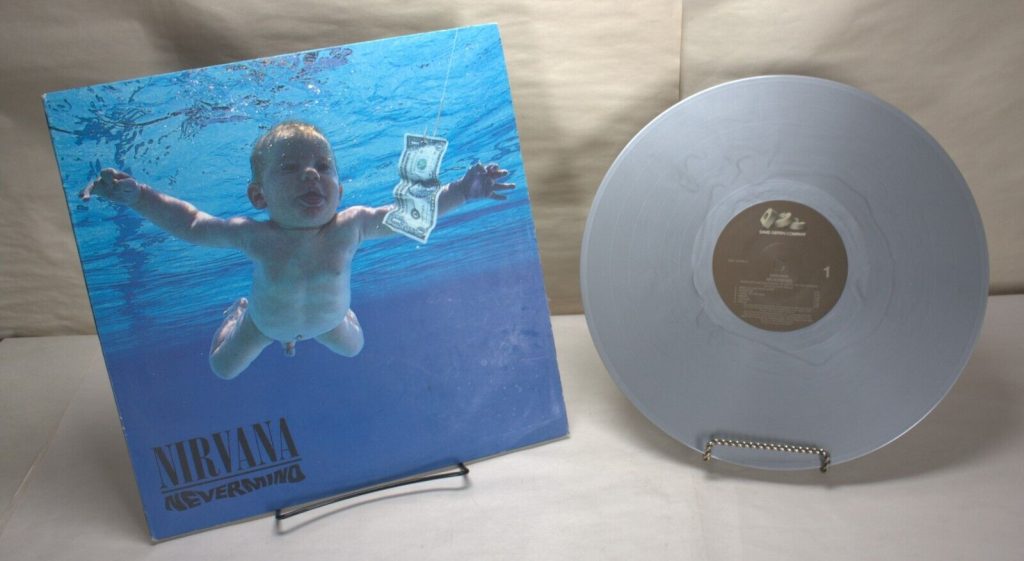
Nostalgia and Revival:
Vinyl cover art enjoyed a comeback in the twenty-first century, steered by nostalgia and renewed affection for analog aesthetics. As digital streaming took over the music industry, vinyl resurfaced as a beloved medium among music lovers and collectors alike. Artists and designers took influence from precious eras while incorporating modern sensibilities, resulting in a wide range of styles that paid tribute to the medium’s rich history. Limited edition releases and sophisticated packaging became highly sought-after collector’s goods, reinforcing vinyl cover art’s continuing allure in an increasingly digital age.
Cultural Touchstones and Iconic Covers:
Throughout the decades, certain vinyl record covers have transcended their musical origins to become cultural touchstones. The Velvet Underground’s eponymous debut featured Andy Warhol’s iconic banana. Joy Division’s “Unknown Pleasures” had an enigmatic waveform design. These covers have attained legendary status, influencing generations of artists and musicians. By capturing the essence of their respective eras and embodying their creators’ artistic vision, they continue to resonate with audiences worldwide. They serve as enduring symbols of creativity and cultural significance.
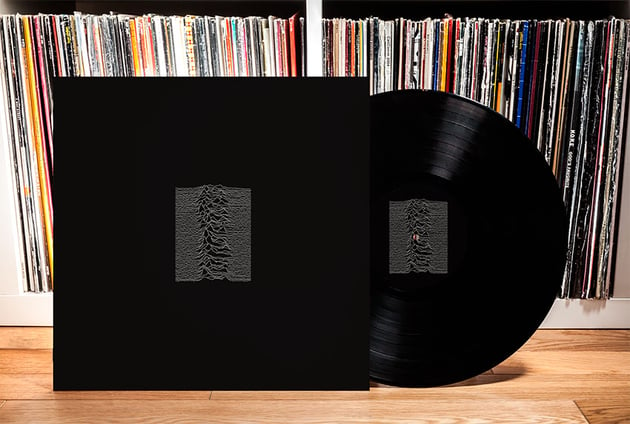
The growing popularity of vinyl record cover art demonstrates the everlasting connection between visual expression and music. Over the decades, artists have used the medium of art to transmit tales, emotions, and visions, establishing an unforgettable influence on popular culture. As technology improves and preferences change, vinyl cover art remains a timeless symbol of creativity and cultural relevance. Its capacity to fascinate, inspire, and surpass the bounds of music demonstrates its timeless significance in an ever-evolving world. From minimalist beginnings to multimedia extravaganzas, each century has added to the rich fabric of artistic expression, influencing the collective creative capacity and releasing an indelible legacy for future generations.

